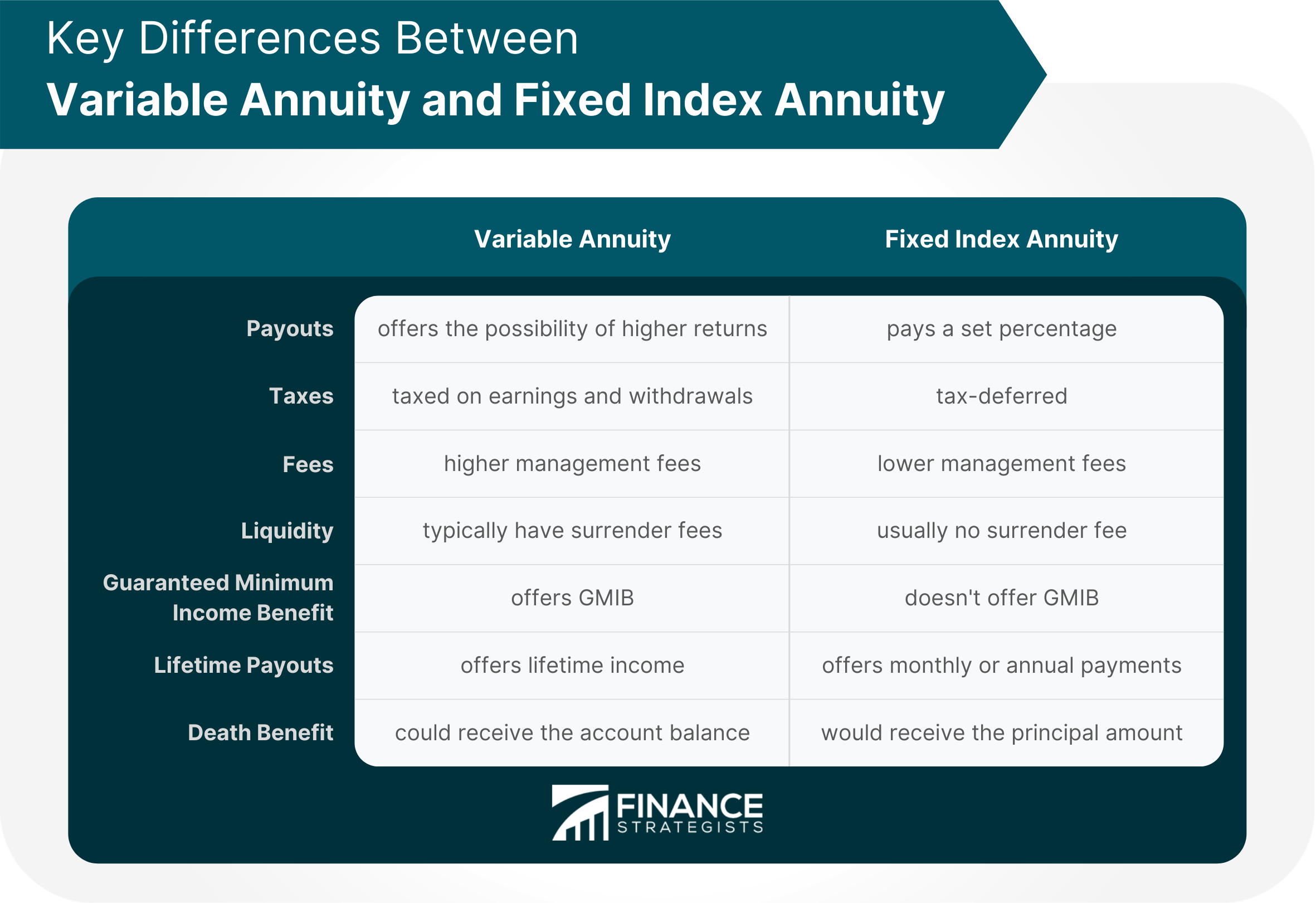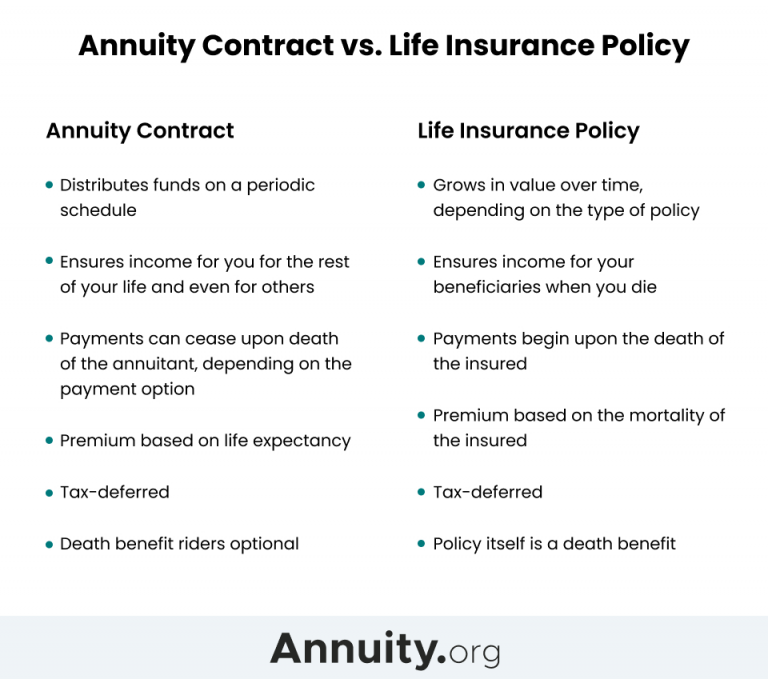All Categories
Featured
Table of Contents
The payment could be spent for development for an extended period of timea single costs deferred annuityor spent momentarily, after which payout beginsa single costs prompt annuity. Solitary costs annuities are commonly funded by rollovers or from the sale of an appreciated possession. A flexible costs annuity is an annuity that is meant to be funded by a series of repayments.
Owners of fixed annuities know at the time of their acquisition what the value of the future capital will be that are created by the annuity. Obviously, the number of cash circulations can not be understood in advance (as this relies on the agreement owner's life expectancy), however the ensured, repaired passion rate at the very least gives the proprietor some level of assurance of future income from the annuity.
While this distinction appears simple and straightforward, it can significantly impact the worth that an agreement proprietor eventually stems from his or her annuity, and it develops significant unpredictability for the contract owner - Variable annuity growth potential. It likewise typically has a product effect on the level of charges that a contract proprietor pays to the providing insurance provider
Fixed annuities are frequently used by older financiers that have actually restricted assets however who wish to counter the threat of outlasting their assets. Set annuities can work as a reliable tool for this purpose, though not without particular disadvantages. In the situation of prompt annuities, once a contract has actually been acquired, the agreement proprietor relinquishes any kind of and all control over the annuity assets.
Decoding How Investment Plans Work Everything You Need to Know About Financial Strategies Defining the Right Financial Strategy Benefits of Choosing the Right Financial Plan Why Choosing the Right Financial Strategy Matters for Retirement Planning Deferred Annuity Vs Variable Annuity: A Complete Overview Key Differences Between Different Financial Strategies Understanding the Rewards of Long-Term Investments Who Should Consider Fixed Indexed Annuity Vs Market-variable Annuity? Tips for Choosing Deferred Annuity Vs Variable Annuity FAQs About Fixed Index Annuity Vs Variable Annuity Common Mistakes to Avoid When Planning Your Retirement Financial Planning Simplified: Understanding Indexed Annuity Vs Fixed Annuity A Beginner’s Guide to Smart Investment Decisions A Closer Look at How to Build a Retirement Plan
A contract with a typical 10-year abandonment duration would charge a 10% surrender fee if the agreement was surrendered in the first year, a 9% abandonment charge in the second year, and so on till the surrender cost gets to 0% in the agreement's 11th year. Some postponed annuity agreements have language that enables little withdrawals to be made at different intervals during the surrender duration without penalty, though these allowances normally come at a cost in the kind of reduced surefire rate of interest.
Equally as with a taken care of annuity, the owner of a variable annuity pays an insurance policy firm a swelling sum or collection of repayments for the guarantee of a collection of future settlements in return. But as discussed above, while a taken care of annuity grows at an ensured, continuous rate, a variable annuity expands at a variable rate that relies on the efficiency of the underlying financial investments, called sub-accounts.
Throughout the build-up stage, assets invested in variable annuity sub-accounts expand on a tax-deferred basis and are tired only when the contract proprietor withdraws those incomes from the account. After the build-up stage comes the earnings phase. Gradually, variable annuity properties should in theory increase in worth till the contract owner chooses she or he would like to start taking out cash from the account.
One of the most significant concern that variable annuities normally existing is high expense. Variable annuities have a number of layers of fees and expenses that can, in aggregate, develop a drag of approximately 3-4% of the contract's worth each year. Below are one of the most common charges linked with variable annuities. This expenditure makes up the insurance firm for the risk that it assumes under the terms of the agreement.
M&E cost fees are computed as a portion of the contract value Annuity issuers pass on recordkeeping and other administrative expenses to the agreement owner. This can be in the type of a level annual fee or a portion of the agreement value. Administrative charges might be consisted of as component of the M&E threat fee or might be analyzed separately.
These fees can vary from 0.1% for passive funds to 1.5% or more for proactively handled funds. Annuity agreements can be personalized in a variety of ways to serve the particular demands of the contract proprietor. Some usual variable annuity bikers consist of ensured minimal accumulation advantage (GMAB), ensured minimum withdrawal advantage (GMWB), and assured minimum income advantage (GMIB).
Breaking Down Your Investment Choices A Comprehensive Guide to Investment Choices Breaking Down the Basics of Annuity Fixed Vs Variable Pros and Cons of Various Financial Options Why Fixed Vs Variable Annuity Can Impact Your Future Fixed Annuity Vs Variable Annuity: Explained in Detail Key Differences Between Indexed Annuity Vs Fixed Annuity Understanding the Risks of Long-Term Investments Who Should Consider Pros And Cons Of Fixed Annuity And Variable Annuity? Tips for Choosing Fixed Index Annuity Vs Variable Annuities FAQs About Planning Your Financial Future Common Mistakes to Avoid When Planning Your Retirement Financial Planning Simplified: Understanding Your Options A Beginner’s Guide to Fixed Indexed Annuity Vs Market-variable Annuity A Closer Look at Choosing Between Fixed Annuity And Variable Annuity
Variable annuity contributions give no such tax reduction. Variable annuities have a tendency to be extremely ineffective cars for passing riches to the following generation since they do not take pleasure in a cost-basis modification when the original agreement owner passes away. When the proprietor of a taxable financial investment account passes away, the cost bases of the investments held in the account are adapted to show the market prices of those investments at the time of the owner's fatality.
Such is not the situation with variable annuities. Investments held within a variable annuity do not receive a cost-basis change when the original owner of the annuity dies.

One significant concern connected to variable annuities is the possibility for disputes of rate of interest that might exist on the part of annuity salespeople. Unlike a financial advisor, who has a fiduciary obligation to make financial investment decisions that profit the client, an insurance policy broker has no such fiduciary responsibility. Annuity sales are very rewarding for the insurance coverage experts who sell them due to high upfront sales compensations.
Lots of variable annuity agreements include language which puts a cap on the percentage of gain that can be experienced by specific sub-accounts. These caps stop the annuity proprietor from totally taking part in a section of gains that can or else be appreciated in years in which markets produce substantial returns. From an outsider's viewpoint, it would seem that capitalists are trading a cap on financial investment returns for the aforementioned assured flooring on investment returns.
Decoding How Investment Plans Work Everything You Need to Know About Financial Strategies Defining the Right Financial Strategy Benefits of Fixed Annuity Or Variable Annuity Why Choosing the Right Financial Strategy Is Worth Considering Variable Vs Fixed Annuities: Explained in Detail Key Differences Between Different Financial Strategies Understanding the Risks of Long-Term Investments Who Should Consider Strategic Financial Planning? Tips for Choosing Fixed Vs Variable Annuity FAQs About Planning Your Financial Future Common Mistakes to Avoid When Choosing a Financial Strategy Financial Planning Simplified: Understanding Your Options A Beginner’s Guide to Variable Vs Fixed Annuity A Closer Look at How to Build a Retirement Plan
As kept in mind over, give up costs can drastically limit an annuity proprietor's capacity to move properties out of an annuity in the early years of the agreement. Additionally, while a lot of variable annuities permit agreement proprietors to take out a defined amount during the buildup phase, withdrawals yet amount generally lead to a company-imposed cost.
Withdrawals made from a fixed rates of interest investment option might additionally experience a "market value modification" or MVA. An MVA adjusts the worth of the withdrawal to reflect any changes in passion prices from the moment that the cash was bought the fixed-rate option to the time that it was withdrawn.

Quite frequently, also the salespeople who sell them do not fully recognize just how they function, therefore salesmen sometimes prey on a purchaser's emotions to market variable annuities rather than the values and suitability of the products themselves. Our company believe that capitalists ought to fully comprehend what they possess and exactly how much they are paying to own it.
The exact same can not be said for variable annuity assets held in fixed-rate investments. These assets lawfully come from the insurer and would consequently go to risk if the firm were to fall short. Any kind of assurances that the insurance firm has actually concurred to offer, such as an assured minimal income advantage, would certainly be in question in the event of a business failing.
Breaking Down Fixed Index Annuity Vs Variable Annuity A Closer Look at Annuities Variable Vs Fixed What Is the Best Retirement Option? Benefits of Variable Vs Fixed Annuities Why Variable Vs Fixed Annuities Is Worth Considering Variable Annuity Vs Fixed Annuity: How It Works Key Differences Between Different Financial Strategies Understanding the Rewards of Long-Term Investments Who Should Consider Strategic Financial Planning? Tips for Choosing Variable Vs Fixed Annuity FAQs About Fixed Income Annuity Vs Variable Annuity Common Mistakes to Avoid When Choosing a Financial Strategy Financial Planning Simplified: Understanding Your Options A Beginner’s Guide to Pros And Cons Of Fixed Annuity And Variable Annuity A Closer Look at How to Build a Retirement Plan
Prospective purchasers of variable annuities must comprehend and think about the financial problem of the releasing insurance coverage firm before entering into an annuity agreement. While the benefits and downsides of various kinds of annuities can be questioned, the actual issue surrounding annuities is that of suitability. Put merely, the concern is: that should possess a variable annuity? This question can be hard to respond to, provided the myriad variations available in the variable annuity universe, but there are some basic guidelines that can aid investors decide whether or not annuities should play a role in their financial plans.
As the saying goes: "Purchaser beware!" This write-up is prepared by Pekin Hardy Strauss, Inc. ("Pekin Hardy," dba Pekin Hardy Strauss Riches Administration) for educational objectives only and is not meant as an offer or solicitation for business. The information and data in this article does not make up lawful, tax, accountancy, financial investment, or other professional recommendations.
Table of Contents
Latest Posts
Breaking Down Fixed Vs Variable Annuity Pros Cons Everything You Need to Know About Immediate Fixed Annuity Vs Variable Annuity What Is the Best Retirement Option? Features of Smart Investment Choices
Decoding How Investment Plans Work A Comprehensive Guide to Variable Annuity Vs Fixed Indexed Annuity Defining the Right Financial Strategy Features of Smart Investment Choices Why Fixed Income Annuit
Breaking Down Fixed Index Annuity Vs Variable Annuity Everything You Need to Know About Financial Strategies Breaking Down the Basics of Fixed Index Annuity Vs Variable Annuities Advantages and Disadv
More
Latest Posts